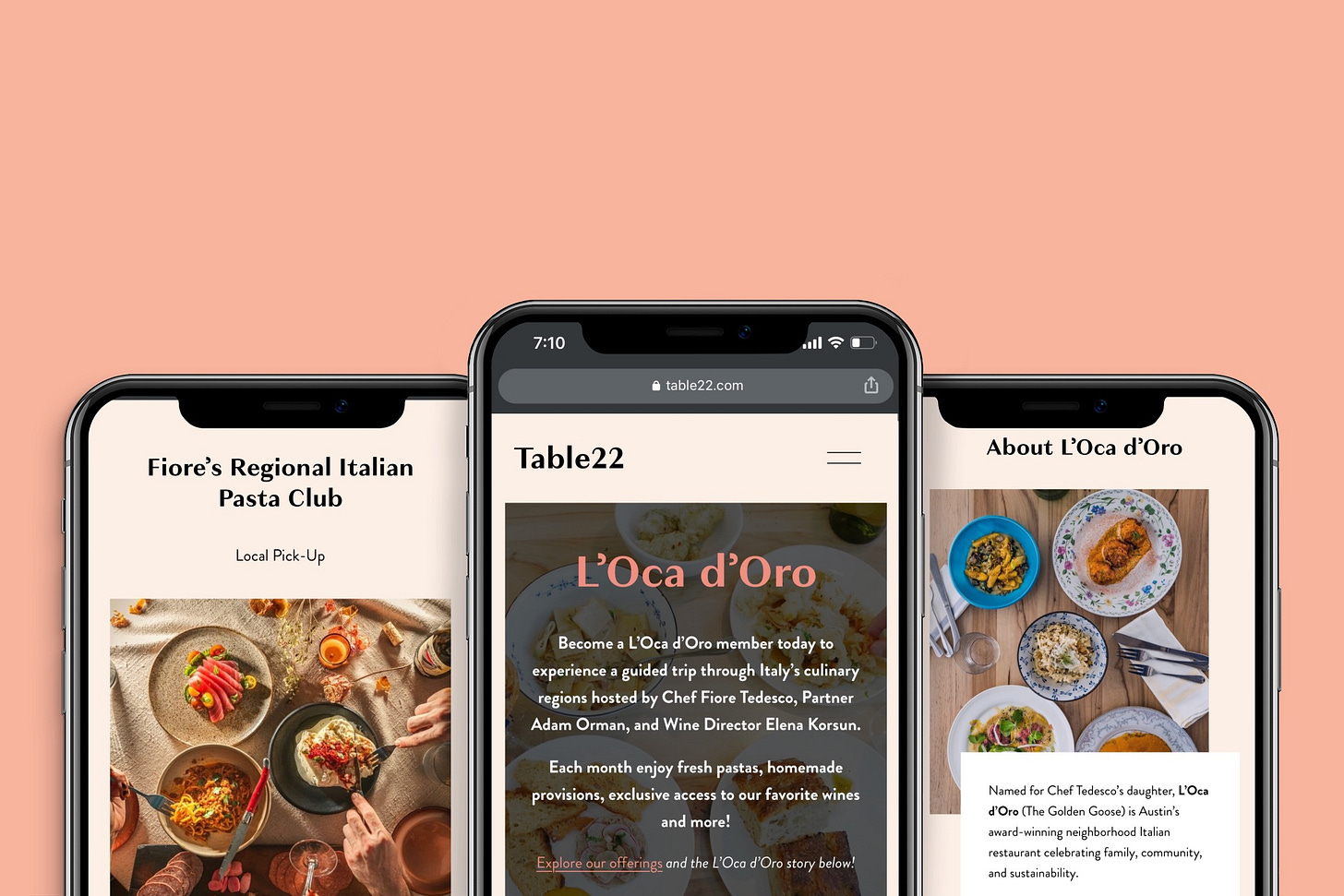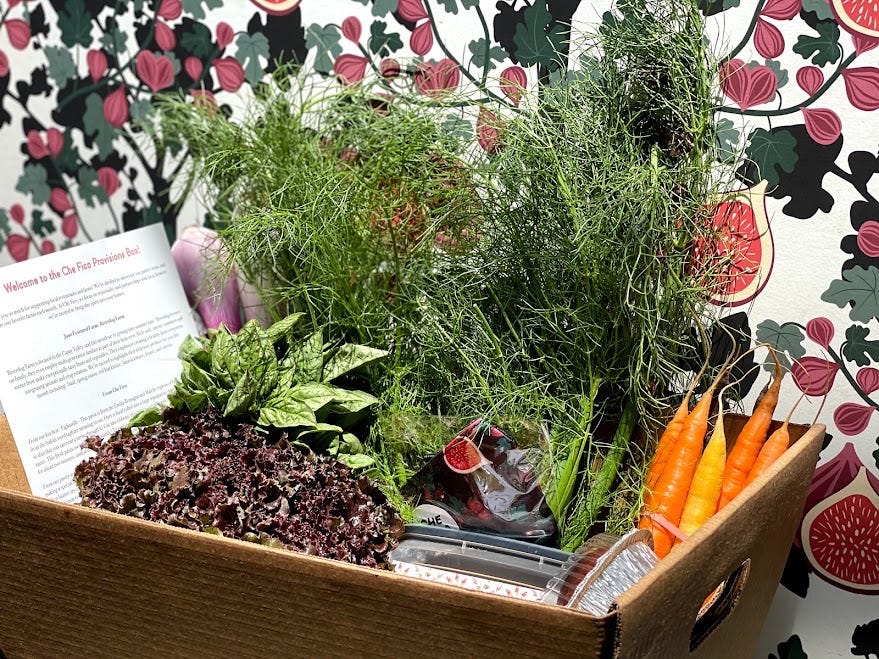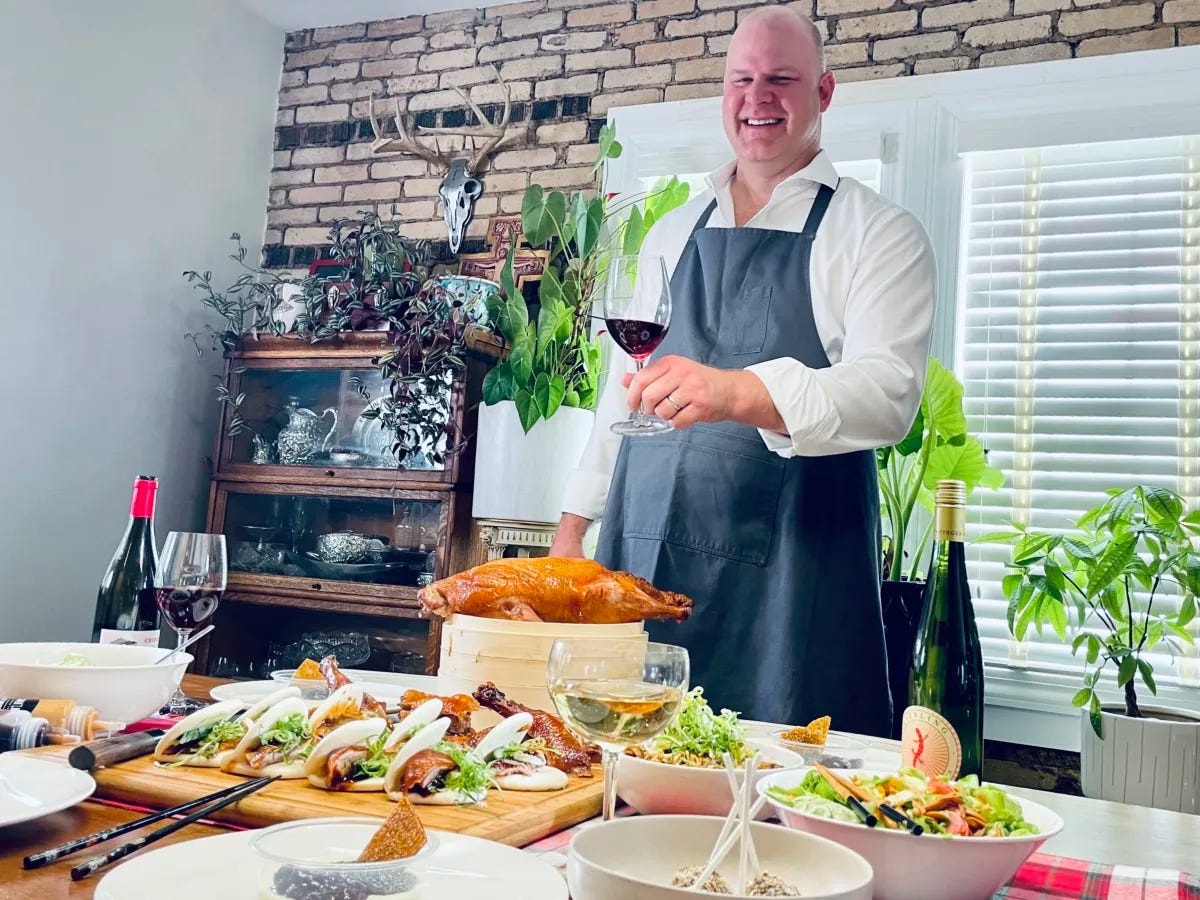Table22
Footwork's investment in the business-in-a-box platform powering membership for restaurants.
Restaurants have been tough businesses to operate for a long time. They are low-margin (WaPo cites 3-5%) with high failure rates (according to CNBC, 80% fail within 5 years), and a complicated relationship with the platforms that have emerged to connect them with consumers. Theirs is a business defined by spiky demand, resource waste, staff turnover, fierce competition, and challenging disintermediation.
And it’s no secret that the past two years have been particularly tough. I wrote about some of the industry’s challenges back in August 2020, highlighting that “though food delivery is growing, restaurants are suffering.”
At around the same time, entrepreneur and restaurant-obsessive Sam Bernstein had been diving deep into these issues, searching for solutions. He and his team’s prior business, a housing marketplace for college students, had been decimated by the pandemic, and, encouraged by their board, they were coming up with new ideas to work on with the small amount of capital they had left. What followed is an amazing pivot story (more on that in The New York Times and Bloomberg).

Sam and his group of ex-Uber, -Warby Parker, and -Squarespace teammates became excited about trying to help restaurants solve some of their deepest-rooted challenges, just in time to thrive in a new environment. How? By enabling them to start, manage, and grow subscription offerings for consumers, via a purpose-built platform. That idea turned into Table22, which launched in mid-2020 and has quickly catapulted onto the national food & beverage scene as an increasingly powerful revenue line for a broad swath of merchants.
At Footwork, we love meeting founding teams who are battle-tested, who have experienced the startup rollercoaster and have broken through wall-after-wall to get to the other side of obstacles in their way. Few teams we met in the past year exemplify this trait more than Table22’s, which has stuck together through a full pivot to build a thriving business that customers love.
Since we quietly led Table22’s Series Seed round last year, its annualized subscription revenue has grown 7X, and it today powers the membership experience at hundreds of restaurants across the country. Many of Table22’s merchant partners are generating six-figures of predictable, high-margin revenue on the platform — and some have as much as doubled their annual profits using the product.

So what does membership at a restaurant entail? At Rose’s Luxury in Washington, DC, it’s a monthly dinner club featuring an at-home tasting menu and wine pairings. At Vimala’s in Chapel Hill, NC, it’s a monthly cooking class, along with cooking and beverage kits. At Lady Jaye in Seattle, WA, it’s a butcher box, along with first access to events at the restaurant and smokehouse. And at The Joint in Los Angeles CA, it’s a fishmonger’s feast, featuring fresh cuts of seafood dry-aged by maker Liwei Liao.
From fine-dining restaurants to fishmongers, breweries and bakeries to butcher shops and creators, merchants have launched new subscription services using the Table22 platform, enabling predictable and high-margin revenue, and deeper relationships between restaurants and their consumers.
Importantly, Table22’s model is deeply incentive-aligned. With 30%+ margins for merchants, every $1 of Table22 revenue is worth $5+ of revenue from on-premise dining or third-party delivery apps. Which means that when Table22 becomes embedded in a merchant’s business, their partners retain at exceptional rates and achieve strong net revenue retention over time, as Table22 tends to take share from incumbent platforms in use.

Several mega-trends are working in Table22’s favor:
COVID-19 has catalyzed a grand re-evaluation for food and beverage merchants, forcing them to solve the long-term structural challenges with their business models, highlighted above. This unique inflection has radically upended the way that many small makers and merchants do business online.
Many restaurants are frustrated by the aggregator and delivery platforms. They’ve realized the importance of owning their customer relationships and experience.
Merchants want stable and reliable revenue and profit, so they can run their business more efficiently and sustainably.
Finally, consumers are more excited than ever to support local businesses and creators they connect with, and independent restaurants are growing faster than their chain counterparts.
This is the same trend happening in other parts of the economy; Table22 enables any restaurant or maker to start, manage, and grow a subscription business in the same way that business-in-a-box platforms such as Shopify, Patreon and Substack, enable online merchants, creators, and newsletter writers, respectively, to build their businesses.
As a result, a company like Table22 can get to tens and ultimately hundreds of thousands of subscribers and millions in annualized revenue without any paid marketing spend; indeed, Table22 has a $0 customer acquisition cost (CAC) for consumers thus far, as merchants do the work of building & owning the relationships with their members.
We’re excited to share a bit more about Table22 today as it announces its first financing. It’s been a delight to work with Sam, Margarita, Pat, JM, Jon, David, Felipe and the rest of the team this past year, alongside our friends at Forerunner Ventures (partner Nicole Johnson’s post on the investment here!), Tribeca Venture Partners, Red Sea Ventures, and angel investors and board members around the table like Adam Freed (Partner at GSV, former COO of Etsy and CEO of TeachersPayTeachers), Nicolas Jammet (Co-Founder of Sweetgreen), Jack Altman (Co-Founder & CEO of Lattice), David Barber (Co-Founder of Blue Hill Stone Barns, and Founder of Almanac Insights), Taylor Greene (Founder/Partner @ Twelve Below and former partner at Collaborative Fund & Lerer Hippeau), Li Jin (founder of Atelier Ventures), among others. Table22 became the first investment in Footwork Fund I last year, thereby cementing a special relationship between all of us.
The company is hiring across sales, account management, engineering, and product, as it scales to help many more restaurants reimagine their businesses online in the coming years — come join us!






Hey Nikhil, thanks for the great article and insights into a different restaurant business model. I would imagine that starting a membership program can be challenging for restaurants as it's a new type of business model and there isn't past data for Table22 show restaurants the effectiveness of this model. With these challenges, how did Table22 initially got restaurants to start a membership program?